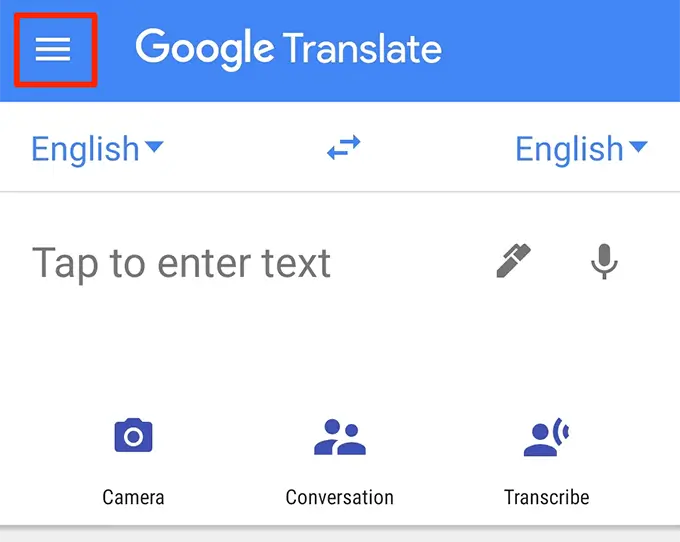Understanding Google Translate: How it Works and Its Limitations
In today's globalized world, the ability to communicate with people from different cultures and languages is becoming increasingly important. While learning a new language is one way to do this, not everyone has the time or resources to become proficient in multiple languages. This is where Google Translate comes in. In this article, we will explore how Google Translate works, its benefits, and its limitations.
What is Google Translate?
Google Translate is a free online language translation service provided by Google. It was launched in 2006 and has since become one of the most popular online translation tools. With Google Translate, users can enter text or a website URL to have it translated into another language.
How does Google Translate work?
Google Translate uses machine learning technology to analyze and translate text. It uses a statistical machine translation method, which means that it looks for patterns in large datasets of previously translated texts to generate translations. This is also known as neural machine translation.
When you enter text into Google Translate, the system first identifies the language of the text. It then uses its statistical models to generate a translation in the target language. The quality of the translation depends on various factors such as the complexity of the text, the language pair, and the context in which the text is used.
Benefits of Google Translate
Google Translate has several benefits, including:
Accessibility: Google Translate is available for free to anyone with an internet connection, making it easily accessible to a global audience.
Speed: Google Translate can translate text instantly, making it a time-efficient tool for communication.
Language learning: Google Translate can be a useful tool for language learners, allowing them to check their understanding of a word or phrase or to get a rough translation of a text.
Cultural exchange: Google Translate can facilitate cultural exchange by making it easier for people from different cultures to communicate with each other.
Limitations of Google Translate
While Google Translate has many benefits, it also has its limitations. These include:
Accuracy: While Google Translate can provide a quick and convenient translation, its accuracy is not always perfect. Errors can occur due to variations in grammar, context, and idiomatic expressions.
Contextual understanding: Google Translate struggles with understanding the context in which words are used. For example, it may not distinguish between different meanings of a word depending on its usage.
Cultural nuances: Google Translate may not take into account cultural differences in language usage, resulting in awkward or inappropriate translations.
Security concerns: As a cloud-based service, Google Translate could potentially pose security risks if sensitive information is entered into the tool.
Conclusion
Google Translate is a useful tool for communication, language learning, and cultural exchange. However, its accuracy and contextual understanding have limitations, and it may not be appropriate for sensitive or confidential information. Users should be aware of these limitations when using the tool and should not rely solely on its translations for important communications.
FAQs
- Is Google Translate free to use?
Yes, Google Translate is free to use for anyone with an internet connection.
- How many languages does Google Translate support?
Google Translate supports over 100 languages, including Arabic, Chinese, French, German, Hindi, Italian, Japanese, Portuguese, Russian, Spanish, and many more.
- Can Google Translate translate entire websites?
Yes, Google Translate can translate entire websites by entering the URL into the translation tool.
- How accurate is Google Translate?
The accuracy of Google Translate depends on various factors such as the complexity of the text, the language pair, and the context in which the text is used. While it can provide a quick and convenient translation, its accuracy is not always perfect.





0 Comments